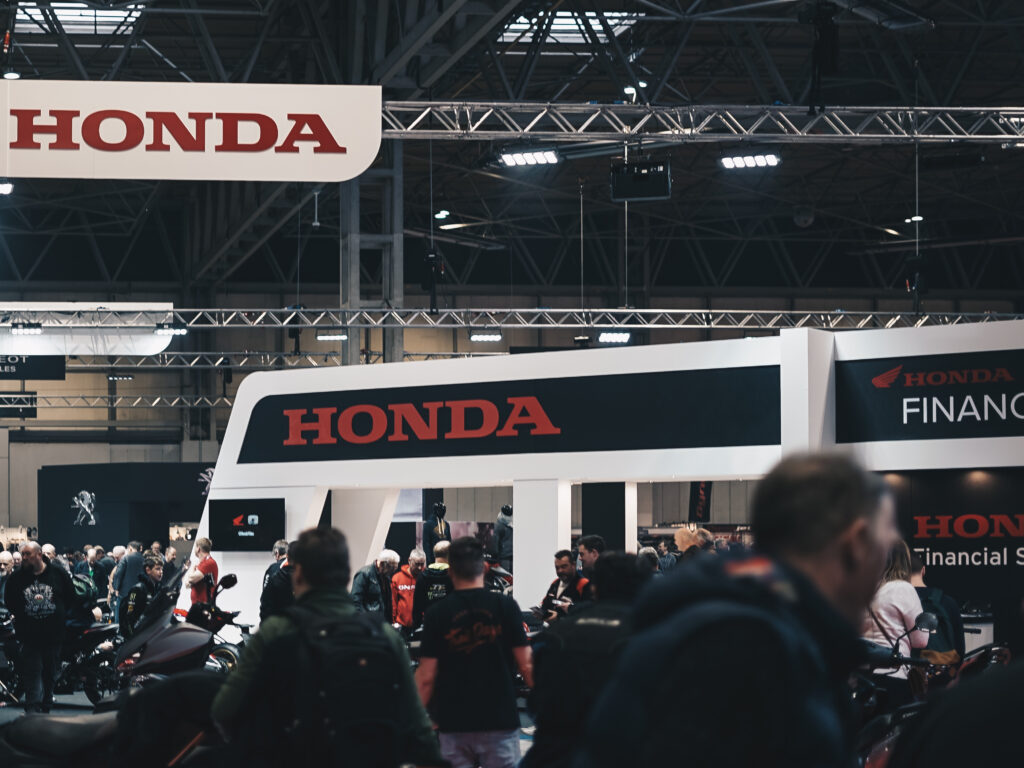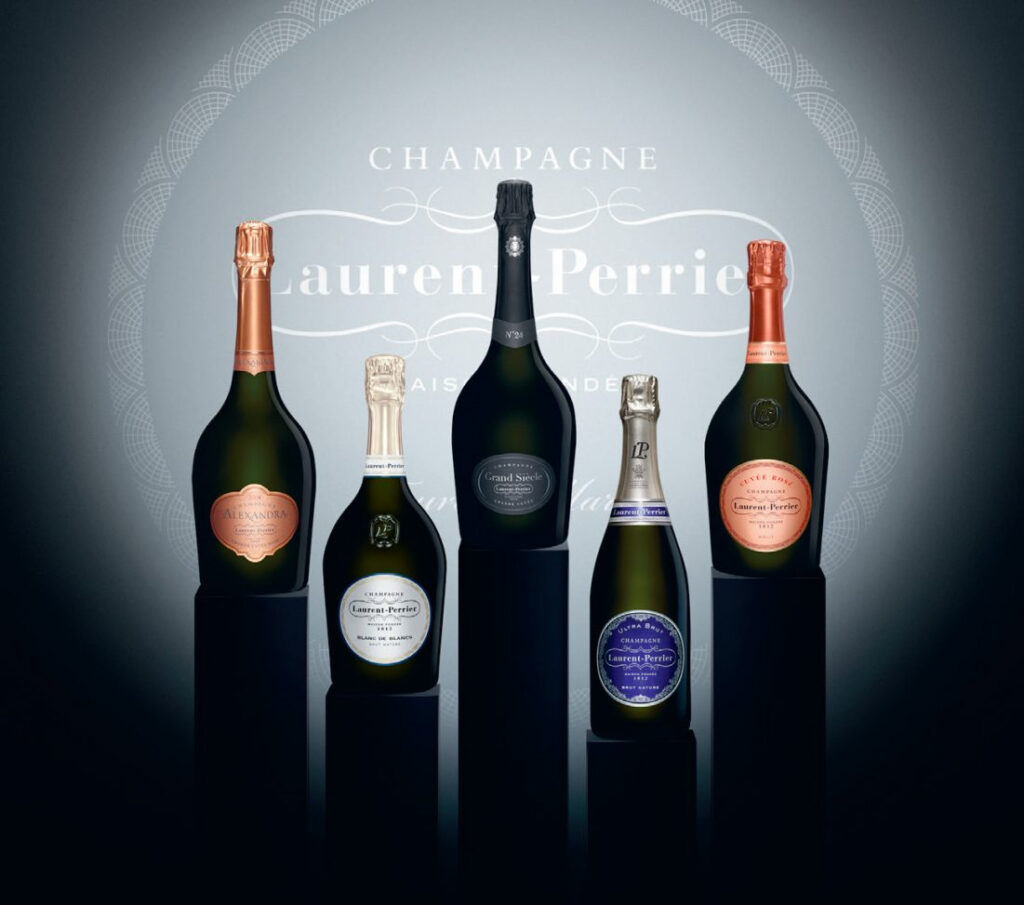Most industry events depend on sponsorships to succeed; we speak to several experts about how to maximise sponsorship opportunities both before and during the event.
Event sponsorship is a classic case of quid-pro-quo. The vast majority of conferences require sponsorship money to be as expansive as possible, while sponsors themselves gain audience traction, brand engagement and even a sale or two – for a price.
This opportunity for brands to network, showcase, sell, buy and learn needs to be meticulously planned with clear objectives, according to Astor Sonnen, senior account director at communications agency, Aspectus.
“Driving the most value out of trade shows is dependent on having clear objectives, defined within a strategic event communications plan. You can’t simply turn up and expect success; you need to lay the groundwork,” Astor advises.
“[You need to] tell your audience that you’re attending and stand out, train your speakers to represent your brand in the right way [and] have something new to say if you want media coverage.”
At their best, sponsorships raise the brand value of all parties involved, and the pre-event build up can be as important as the execution.
Sarah Lloyd, founder of ISPR, was part of the PR team at this year’s Glastonbury Festival – The Common area and the 2022 Awakening Festival, and she underlines the significance of communication, both internal and external.
“Stay in touch with your event manager contact regularly in the build-up, you never know when opportunities can arise. It’s always useful to offer yourself up for any PR opportunities prior to the event.
“Ensure you are promoting your attendance and sponsorship on your channels – social media posts can start as soon as you are confirmed. [And] ensure you are dropping into your own audiences to share that you are a part of the event. This aids the event organiser and makes you an attractive partner in the future.”
Between 2010 and 2019, pre-pandemic, there was a yearly average 1.4 million events hosted by UK venues meaning brands and companies who appear as a sponsor will need to break through an immense amount of noise to stand out.
Scott Irwin, events lead at Investors in People, who have accredited more than 50,000 organisations in people management, suggests event visibility can be achieved in many ways.
“Your stand reflects your brand, so make it visually appealing and inviting. Use high-quality signage, engaging graphics, and branded materials that align with your overall brand identity. Consider interactive elements or demonstrations that attract attention and encourage interaction. And to really stand out, think about including some statistics or rhetorical questions within your graphics to draw people in for a conversation.
“Create memorable experiences that resonate with your target audience. Host live demonstrations, interactive activities, or workshops that showcase your expertise and provide value to attendees.
“There’s always a slump in engagement and proactiveness toward the end of each day of a conference. Make sure you have a strong team of people that you can rotate in shifts on your stand and perhaps consider scheduling something interactive and fun for the late afternoon parts of the day. We’ve used cupcakes and prosecco a few times, and it draws a crowd!”
A desire to attract foot traffic also understandably resonates with Karl Clark, founder and CEO of Taylex Group, a UK-based display stand manufacturer.
“A good display takes foot traffic from any direction, invites it in and moves it along in a comfortable way. So, depending on your stand’s location (aisle, near an entrance, near a try-it zone), you can determine the ideal traffic flow which is how you would like attendees to enter and move through your space.
“Most visitors have a limited time to absorb all the information, so guiding them with clear and expressive signage makes it an easier and more memorable experience. Think about what the most important touch points will be and how you will communicate about them, so you can take your visitors on a clear journey through your brand.”
This clarity of thought means there should be a clear alignment of goals from both host and brand that transcends sponsorship and becomes a partnership.
“Having worked in sports sponsorship for 15 years, the mindset central to success, without question, is that of partnership,” claims Jonathan Izzard, strategy director at Wonder whose clients include Adobe, BT & Google.
“Financial patronage of sport or art may have been enough in Ancient Greece, but more progressive audiences demand more progressive thinking. When involving yourself in the things people love – be that football, fashion or festivals – you need to show you understand what matters to people by adding relevant value, rather than simply exploiting passions.
“Event sponsors need to develop their story: Why the partnership matters to them, why they want to be part of the conversation and what they’re doing about it in real terms.”




